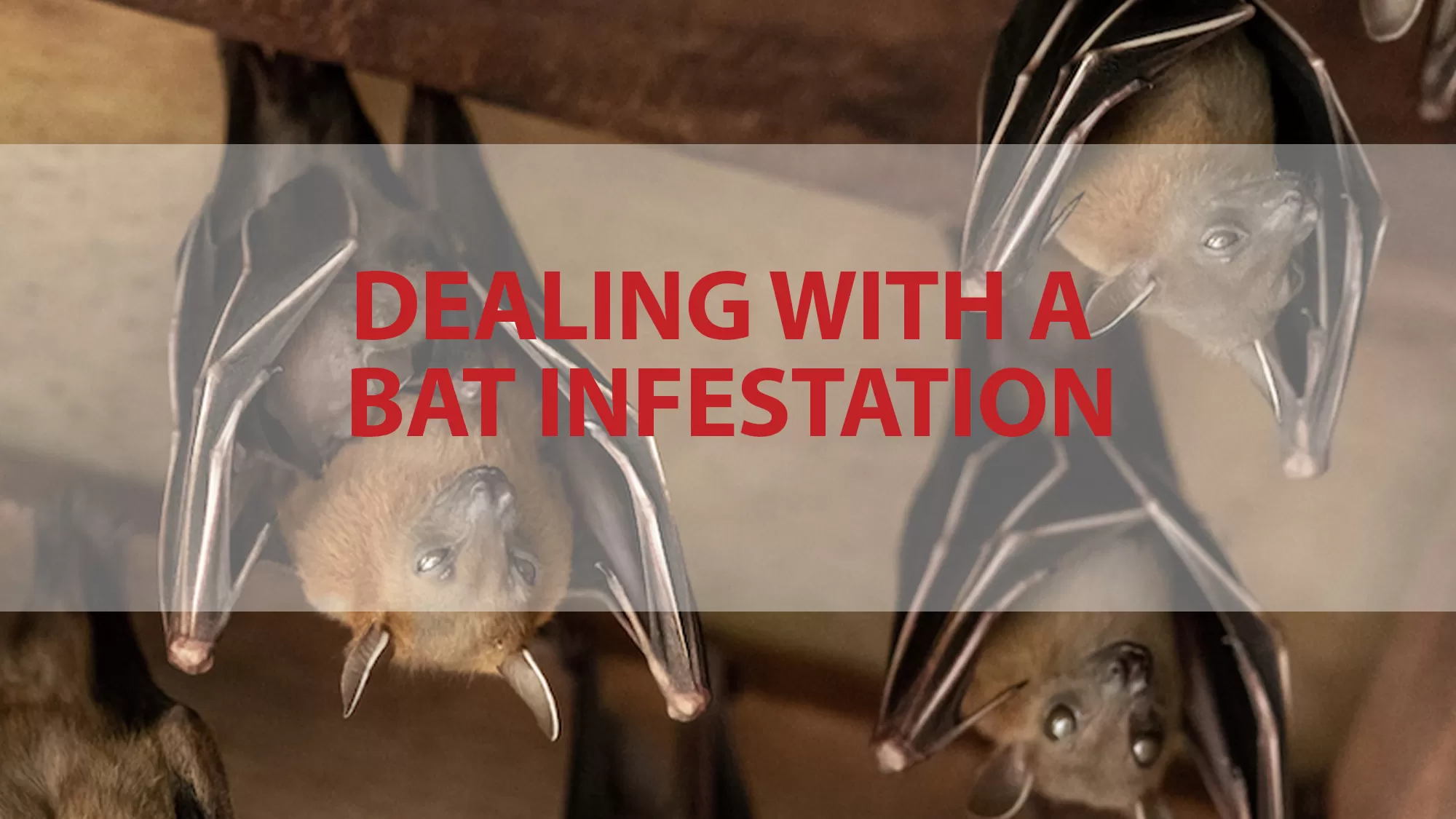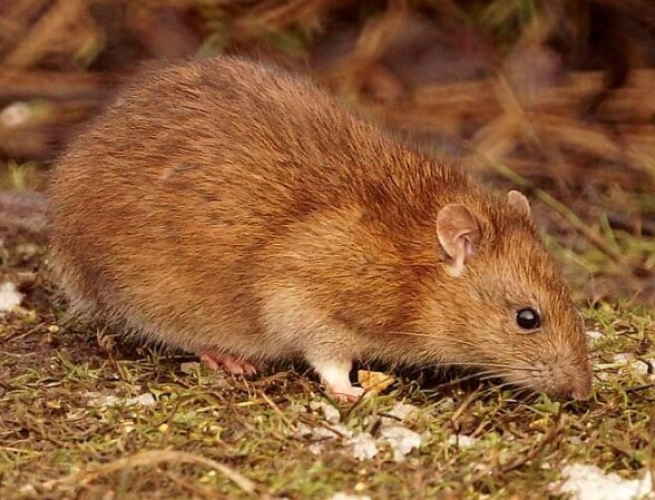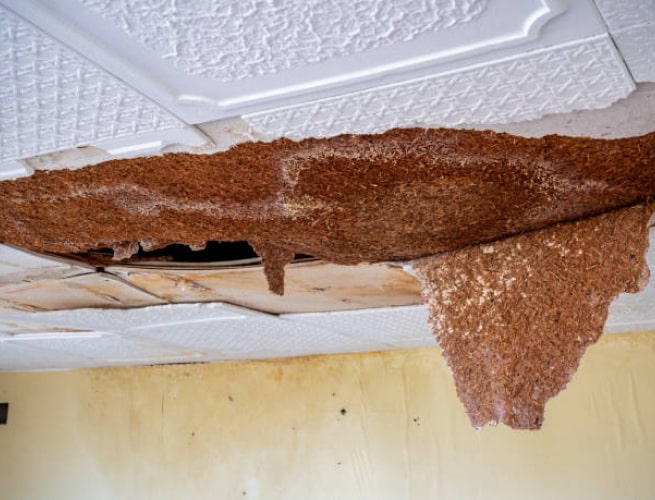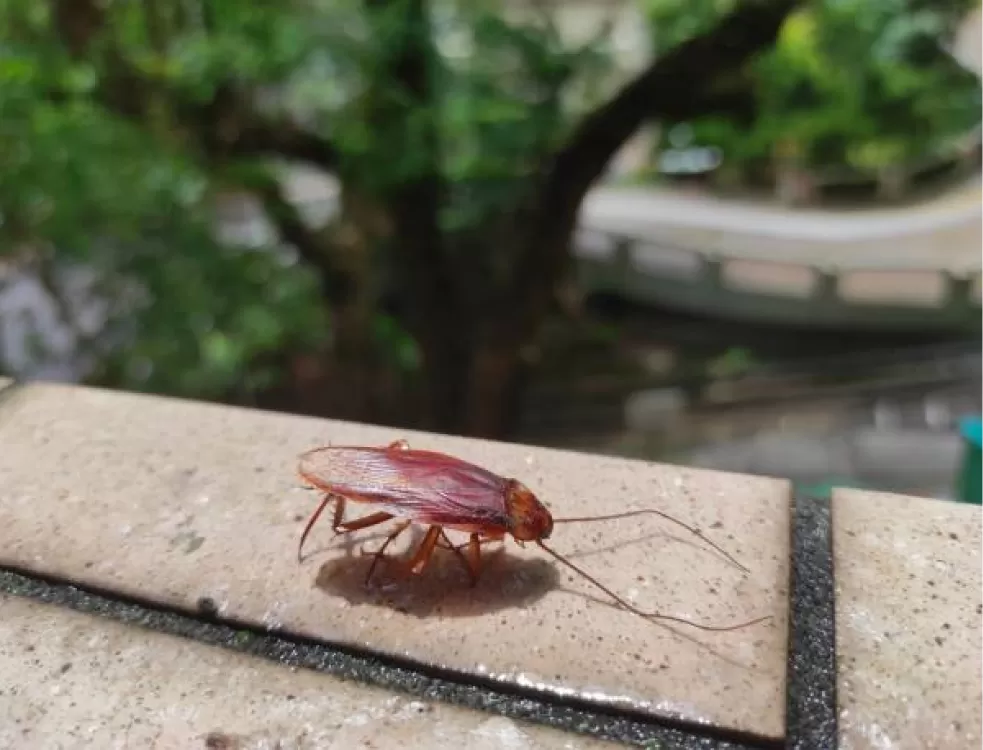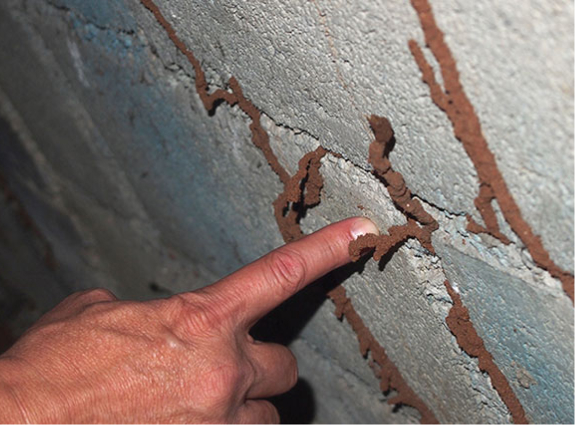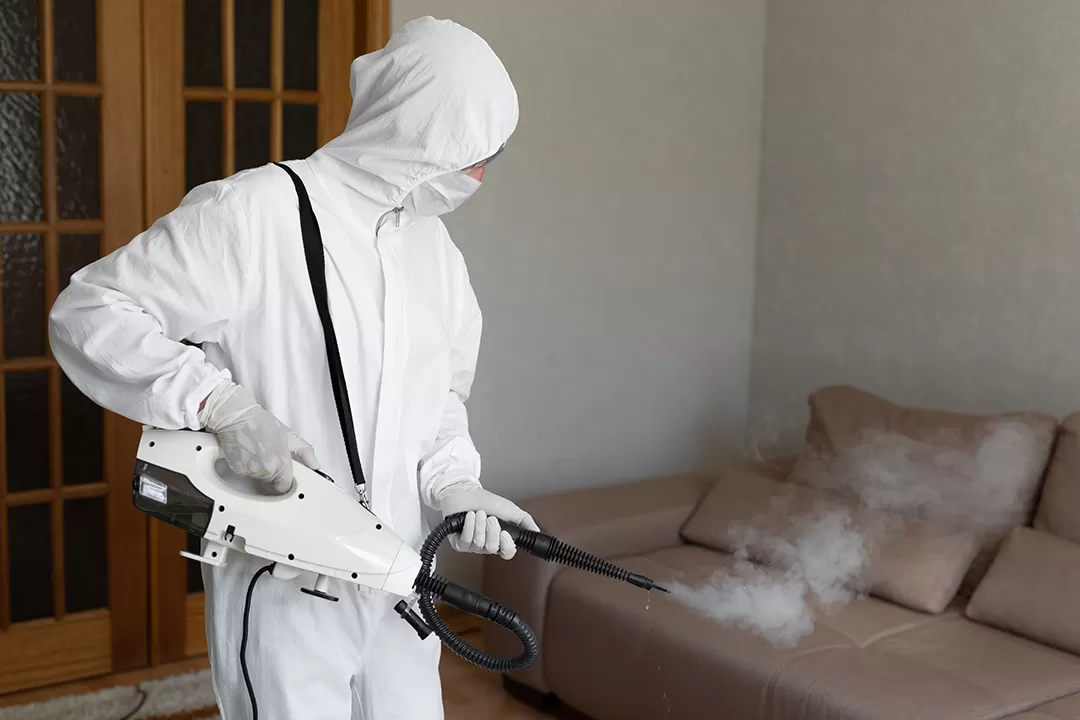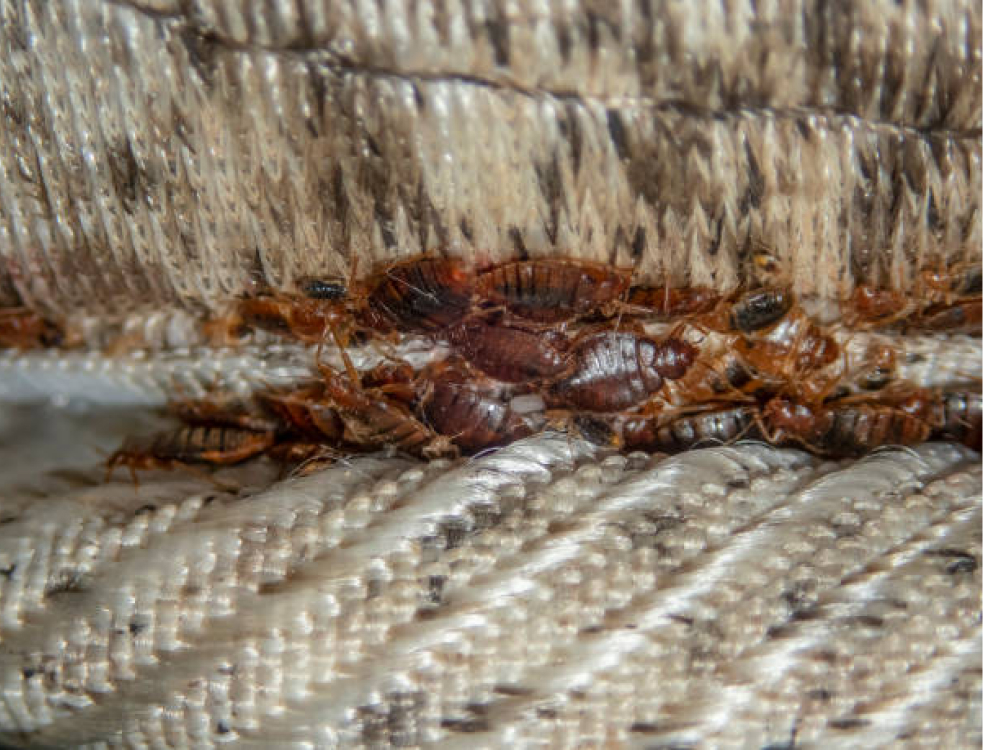No matter how much you love Batman, you wouldn’t want to encounter a flying bat inside your home. Unfortunately, bat infestation can be a very serious problem on your premises. Bats really can find their way into your home and even build a sizable colony inside your property.
Apart from the general nuisance, allowing a bat infestation to grow for too long can lead to consequences for your health. A bat infestation can also cause serious damage to your home.
Not sure how to combat these lurking pests? We can help! In this article, we have noted all the things you need to know when dealing with a bat infestation.
Why Bats Invade Homes
Before you can explore different ways to tackle a bat infestation, it is vital to understand what may have attracted bats into your home in the first place. Well, they will enter your property mainly in search of shelter.
Because bats live in large colonies inside large caves, it is difficult for them to find suitable homes in the city. This is why small or large groups of bats often move into garages, business buildings, and attics. Usually, the size of an infestation depends on the dimensions of its indoor habitat.
When you see a bat or two, it does not necessarily suggest there are more. However, check inside and around your home just to be sure. Bats are easily visible during the hours of sunset and sunrise. So, pay close attention to your house during these times to understand whether you are dealing with an infestation.
Bats are small and quiet. You might not even notice when a bat enters your attic. Over time, they can reproduce and grow into a colony of 20 to 20,000 bats! Some early indications of a bat infestation include an unpleasant smell of bat guano and urine, sudden sounds of bat movement, and bats swarming near your home during dusk.
Risk of a Bat Infestation
Bats have a reputation for being beneficial to the environment. This does not mean you can have them around. Pests always pose a danger when they are lingering around in your home. These benevolent critters pose health risks and can cause material damage when they enter your home.
When bats live in your house for a prolonged period, the unpleasant smell of guano (bat droppings) makes it challenging to live in the house. What’s more, guano can also cause structural damage, as it can erode wood and other building materials.
Contact with bats can also expose you and your family members to rabies, which is not only painful but also life-threatening. Living in the same space as bats can trigger undesirable allergies and cause congestion and asthma. Furthermore, bat droppings have a fungus that can cause histoplasmosis, an infection of the lungs.
How to Handle a Bat Infestation
There is no way to convince the bats in your home to leave voluntarily. It is also quite dangerous as bites and scratches from bats or just holding them can cause rabies. Inhaling and touching bat guano can also have some severe health consequences. Below are a few things you can do to drive out unwanted bats.
Determine the Species and Quantity of Bats
First things first, you will need to get an idea of the size of the bat problem you are dealing with. Before you can take the bats out, you need to figure out just how many bats you will be facing.
If you are dealing with one or a few bats, you can try to tackle the problem without professional assistance. For larger colonies, you should contact a local pest control company immediately.
After you note the number of bats, you must also identify the type of bat invading your home. The removal tactics will be different based on the species you are confronting. Once you have learned what species of bat is pestering you, you can contact your local pest control professional and seek guidance on how to remove that particular species of bat.
Identify Entry Points and Seal Them
Scan the entire house, including the walls, roof, and chimney, to find possible entry points. Bats need enclosed and safe areas to sleep and reproduce. You can identify entry holes when you see dirty marks, stains, and bat droppings around them. Make sure to conduct a thorough investigation, as bats can squeeze through tiny holes. This would also restrict other pests like rats from entering your house.
Seal every potential entry hole with caulk. If your attic has a vent, use a hardware cloth to seal it too. Remember not to seal all the entry points while bats are still inside your home. If a bat dies inside the house, the decomposing body will create an unpleasant smell.
One-Way Exclusion Doors and Bat Houses
You can install one-way exclusion doors at the entry points. When the primary entry points are closed for entry, new bats will not be able to enter, but the existing colony can take their leave. Once a bat leaves, it cannot enter again. So, you will soon have a bat-free home.
Timing is crucial with bat exclusion. Each female bat will give birth to one pup per season between the period from May to August. To stop young bats from getting trapped inside, you should conduct the exclusion before the pups are born or after they have learned to fly.
If you are worried about harming these pests, you can buy some bat houses for them. Keep the bat houses outside so they can settle in and live comfortably without troubling you.
Bat Repellents
Bat repellents work well when dealing with these sneaky pests. Apply the repellents at all holes and entry points, and this will keep them from returning. The most effective type of repellant is ultrasonic devices. The ultrasonic bat-repellent devices disturb the bats’ echolocation and drive them away.
Inspect and Clean Affected Areas
After all the bats leave their hiding place, conduct a thorough inspection. You do not want any stragglers or baby bats left inside your home. Next, it is time to clean up. All bad dropping must be removed from the house. In case your insulation is compromised, you can seek professional help to dispose of it. Whether you do it yourself or hire a pest control crew, HEPA face masks, gloves, boots, and goggles must be worn.
Restore Insulation and Use Enzyme Deodorizers
After the removal of bats, restore any damaged insulation. Also, use enzyme deodorisers to remove the unpleasant smell that a bat infestation leaves. Removing this smell can also ensure that bats are not drawn back to your property.
Conclusion
Everything said and done, dealing with a bat infestation takes a lot of work. It is illegal to kill bats, so you cannot really take a shortcut and use poison to kill bats. You need to take your time to identify the level of bat infestation you are facing and then take appropriate measures.
Many times, the size of the infestation gets so big even before you identify it that dealing with it by yourself may seem daunting. Don’t worry; you can always hire professional pest control experts to remove the bats on your behalf.

